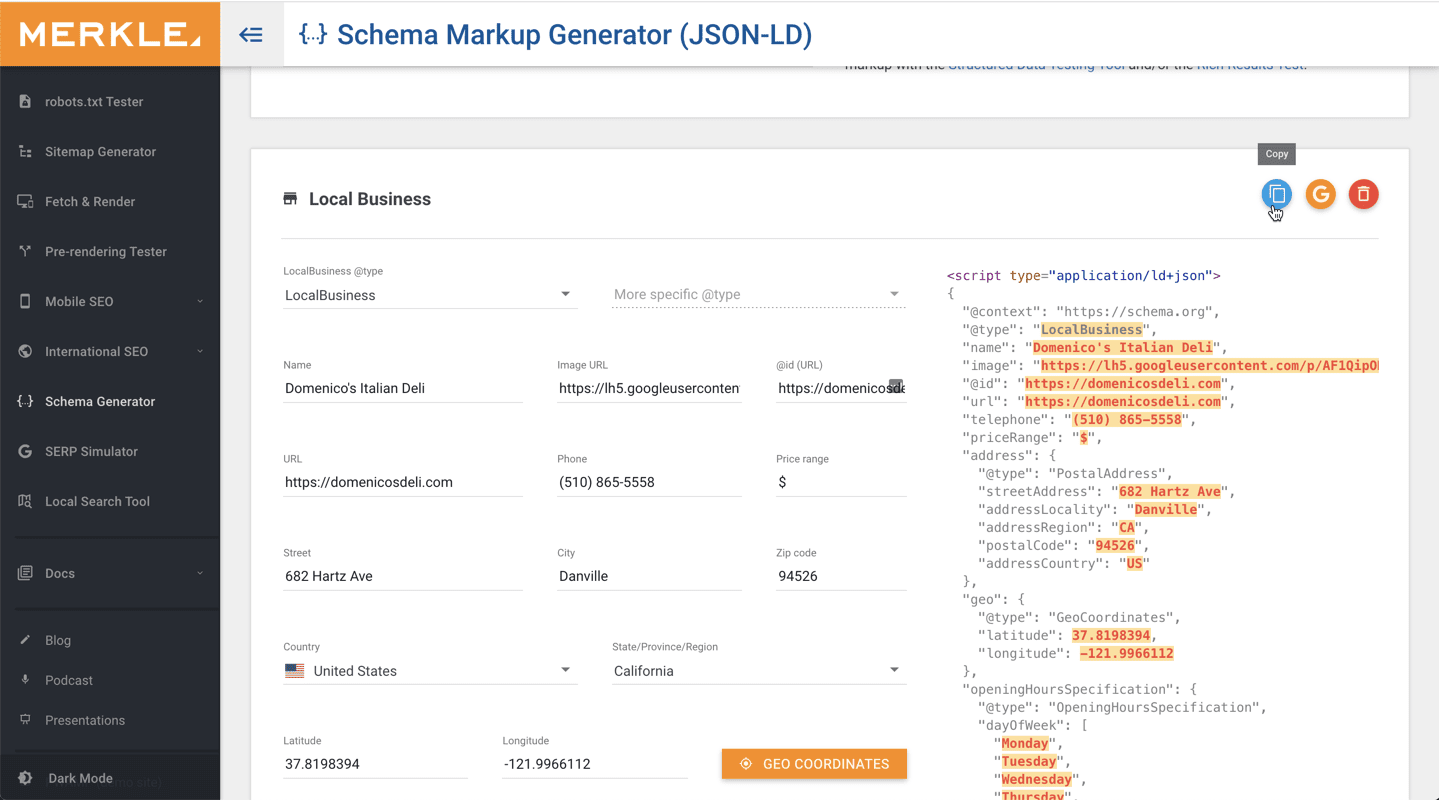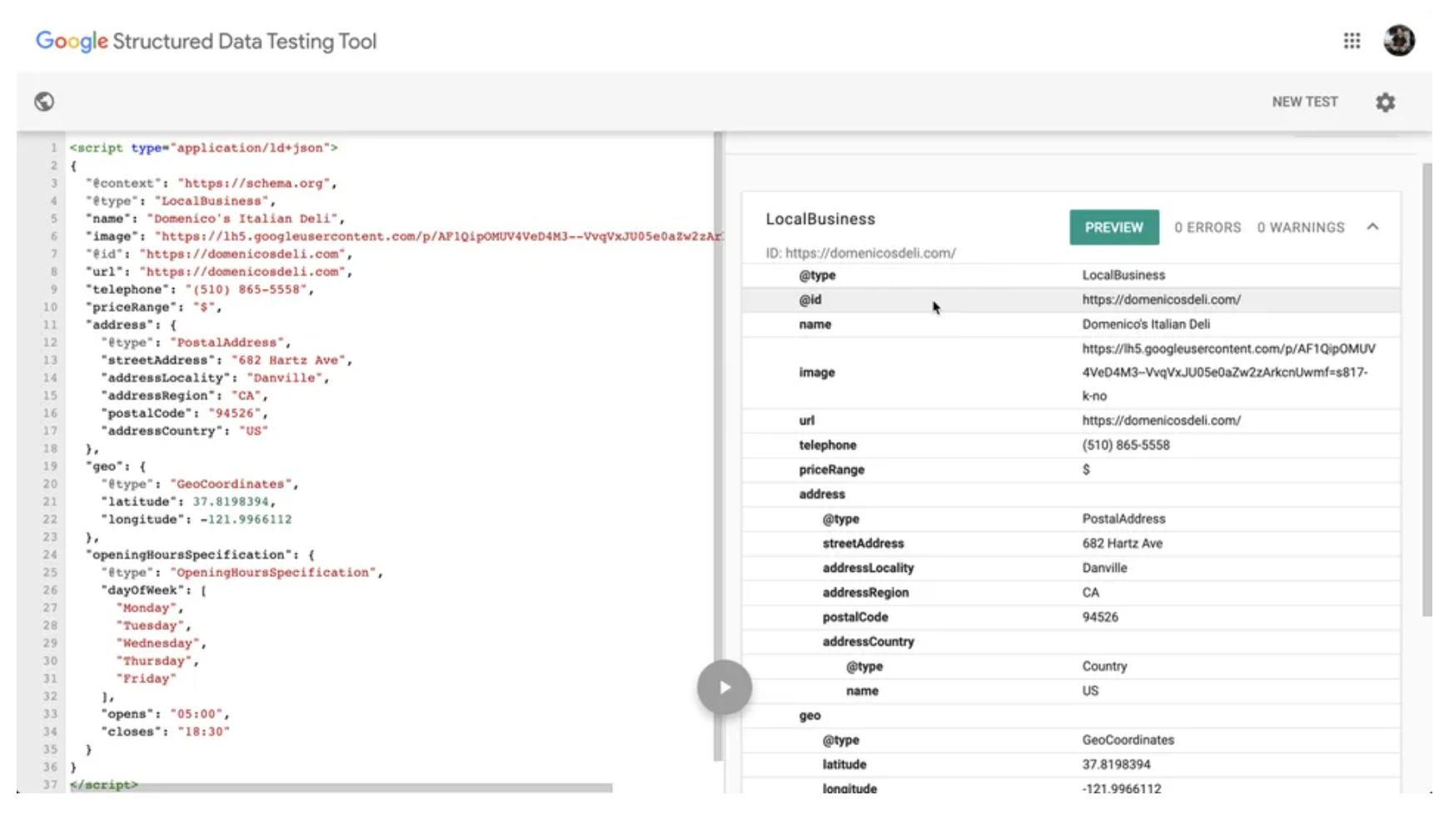LiftNXT Training
Help Center
How can we help you?
How to Add Schema Markup to Your Site
Schema markup, as it’s used today on the web, enables robots that crawl your website to more easily understand the content on the page in a language that makes sense to them. Schema does this by giving a structured way for robots/crawlers to define the types of information and data present on the page.
Schema is an open-source initiative by the web community to help define commonly represented things with a structured, predictable system. You can read the many types of schema at schema.org.
Types of Schema Markup
There are 1000s of different types of schema that exist on the schema.org website. One common misconception about schema is that it’s intended to represent everything that could be searched for on the web—but this is not true. Schema.org only attempts to find a structured way of representing the most common things that are used or searched for on the web.
The best way to figure out what types of schema you should use is on the search gallery pages of Google and Bing. The most common ones are:
- LocalBusiness/Organization: This tells Search Engines facts about the business, such as hours they’re open, address, phone numbers and more. To generate local business schema for your site, see Local Business Schema.
- FAQs: A list of questions and answers about the website or content on the page.
- Product: This is great for eCommerce websites, where products are marked up with the price, quantity in stock, reviews and other important details.
- Breadcrumbs: Breadcrumbs give search engines a better way to understand how a specific page fits into the overall structure of the site.
We recommend only implementing schema that is supported by search engines. This recommendation comes from the fact that you can easily waste hours implementing schema for 100s of things across a site—but that delivers little value overall. If you focus on what search engines support, you will be saving time and effort.
Implement Schema Markup on Your Site
The following four steps need to be taken to implement schema markup on your site:
- Understand the type of data you can represent on a webpage with schema.
- Use a tool to generate the schema markup.
- Embed the schema markup on that specific page.
- Test it with Google or Bing structured data testing tool.
Generate Schema Markup
There are many tools that you can use to generate the schema markup for your page.
Note
There are different ways to represent schema such as RDFa, Microdata, and LD+JSON. We recommend focusing on LD+JSON because it is the easiest to read and update, as well as as the most modern solution.
The following are a few different tools you can use to generate your schema markup. For our example, we will be using Merkle’s Technical SEO Schema Generator.
- Google’s Structured Markup Helper. This tool allows you to choose the type of schema you want to create and then helps you visually select the data from the webpage you want to grab it from. This is great if the website is already live and you want to simply select the data on the website. That being said, it is a bit clunky to use.
- Merkle’s Technical SEO Schema Generator. This is one of the best tools to use. You can quickly select the type of schema you want to generate and then it’s easy to use text fields to fill in that data.
- Rank Ranger’s Schema Generator. This is another simple tool to generate schema quickly by entering a range of text input boxes.
To generate the schema for your page:
- Go to Merkle’s Schema Generator.
- Select the type of schema markup you want to generate from the drop-down. For example, Local Business.
- Complete all fields listed, and then click the Copy button in the top right corner.

Embed Schema Markup on a Page
To embed the schema markup on a page in your site:
- Go to the site editor, and in the left panel, click Pages.
- Next to the page you want to add the schema markup, click the Settings button, and select SEO.

3. Click or scroll to Header HTML, and paste your schema markup in the box provided.
4. Republish the site to make sure the updated schema is live.
Warning
The schema markup should only be added to the pages where the content that you used to create the schema is represented. Adding schema to every page of the site can confuse search engines as to what the schema is actually representing.
Test the Schema Markup
After you’ve added the schema and republished the site, you should test your schema markup. To do so, go to Google’s Structured Data testing tool, type the exact page URL, and then click Run Test.
The test returns the exact schema that Google sees when it crawls your page.

More Information
For more information on SEO, see the following articles:
- Introduction to SEO
- Site SEO Settings
- Examples of SEO Keywords and Descriptions
- Introduction to Core Web Vitals